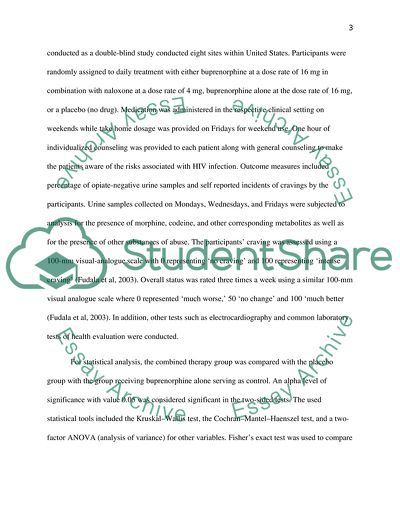Cite this document
(Office-Based Treatment of Opiate Addiction Research Paper, n.d.)
Office-Based Treatment of Opiate Addiction Research Paper. https://studentshare.org/medical-science/1743452-office-based-treatment-of-opiate-addiction
Office-Based Treatment of Opiate Addiction Research Paper. https://studentshare.org/medical-science/1743452-office-based-treatment-of-opiate-addiction
(Office-Based Treatment of Opiate Addiction Research Paper)
Office-Based Treatment of Opiate Addiction Research Paper. https://studentshare.org/medical-science/1743452-office-based-treatment-of-opiate-addiction.
Office-Based Treatment of Opiate Addiction Research Paper. https://studentshare.org/medical-science/1743452-office-based-treatment-of-opiate-addiction.
“Office-Based Treatment of Opiate Addiction Research Paper”. https://studentshare.org/medical-science/1743452-office-based-treatment-of-opiate-addiction.


